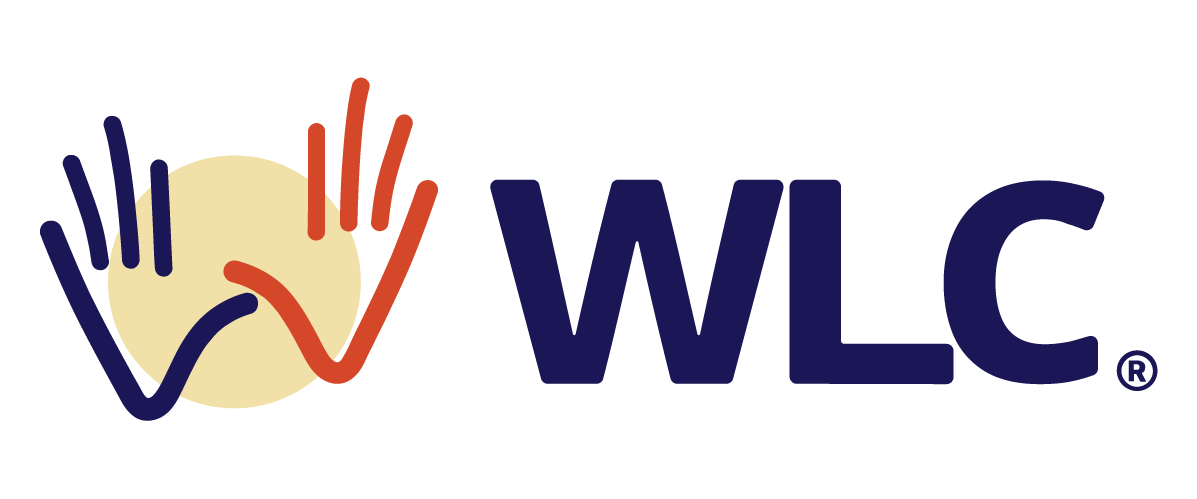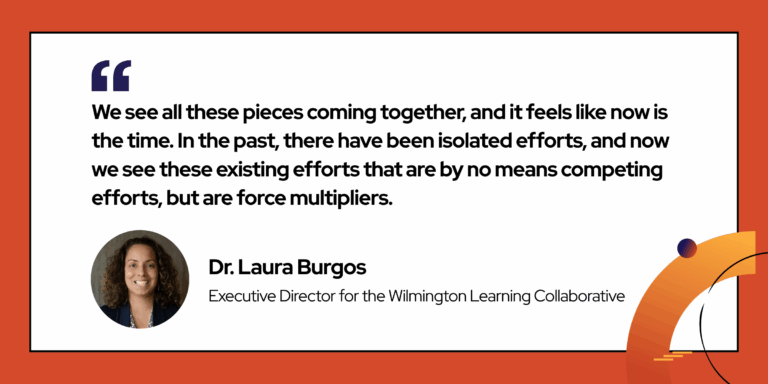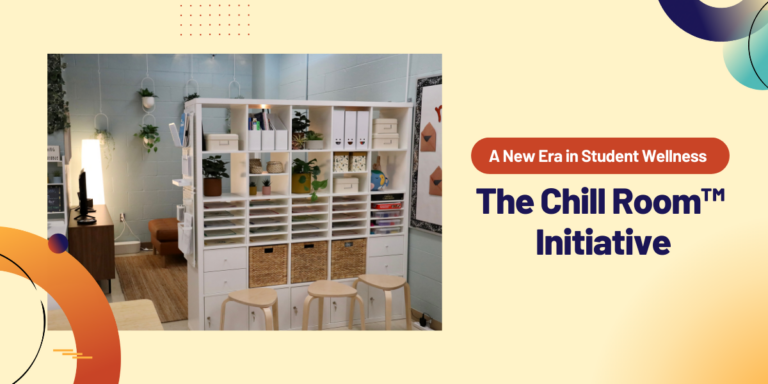WLC Leaders Explore Innovative STEM Learning Spaces for Wilmington Students
The Wilmington Learning Collaborative (WLC) is taking some exciting steps to expand opportunities for students.
Earlier this year, WLC school leaders and council members visited the Fluxspace Experience Center in Norristown, PA, to explore science, technology, engineering, arts, and mathematics (STEM or STEAM) learning environments. The experience gave them a closer look at how thoughtfully designed spaces can foster collaboration, spark creativity, and support hands-on learning.
For the WLC, Executive Director Dr. Laura Burgos says creating dynamic learning spaces is part of a broader mission to support students and educators in reimagining how teaching and learning happen in Wilmington schools.
She says, “When asked, ‘How can the WLC better support your efforts?’ one of the messages we heard from educators was the opportunity to infuse STEM learning into our buildings.”
Now, a new initiative is taking shape as the WLC, in partnership with Fluxspace, moves from planning to action, translating its vision for modern, interactive STEM learning in Wilmington schools.
Learning Innovation with Fluxspace
Fluxspace’s mission is to create future-ready learning experiences that inspire students, energize educators, and benefit the broader community. They do this by transforming traditional classroom spaces into innovative, hands-on environments that prepare students for real career opportunities. Their work spans STEAM initiatives, makerspaces, 21st-century learning spaces, esports labs, and the integration of educational technology.
Spaces can be tailored to each school’s interests and needs, ranging from coding, robotics, and electronics to operating 3-D printers and indoor agriculture. For example, many schools that Fluxspace works with have implemented scalable hydroponic systems, allowing them to grow and eat their own lettuce.
Ryne Anthony, co-founder of Fluxspace, shared that when partnering with schools, the process entails first establishing the school’s goals, providing the right technology to support those goals, and then giving educators the support they need to implement the programming.
Another key aspect of Fluxspace’s partnerships is identifying educators with an interest in STEM, connecting them with instructional coaching and professional development opportunities, such as training cohorts.
Anthony emphasized that because he and his colleague, Brenna Wagner, are both former teachers, they have a real-life perspective on what educators need and work with schools to build a sustainable scaffolding for STEM education.
The fun of being innovative, he says, is looking at projects holistically and asking, “how does it fit as a long-term investment that will be sustainable and have a lasting impact on the school and community?”
Benefits of STEM and STEAM Learning
STEM and STEAM education offer wide-ranging benefits for students of all ages. These learning approaches support:
- Critical thinking and problem-solving skills: helping students analyze challenges and develop solutions
- Creativity and innovation: providing opportunities to design, build, and experiment
- Collaboration and teamwork: encouraging group projects and shared problem-solving
- Exposure to career pathways: giving students early insights into fields in science, technology, engineering, arts, and math
Anthony notes that Fluxspace’s goal is to spark curiosity and student engagement. He believes that when students start to make the connection between these experiences and future career paths, school takes on new meaning and purpose.
Bringing STEM and STEAM to Wilmington Schools
At a recent WLC council meeting, Anthony shared more about the process as well as potential floor plans and renderings for individual WLC schools.
“We routinely see this in a lot of districts. There’s a lot of hope, there’s a lot of dreams, and they have spaces available,” he said. “It’s just being able to identify those underused spaces and be able to bring more purpose to them.”
While each school will have unique needs, STEM labs are envisioned as flexible, interactive environments. They are spaces where students can explore ideas, collaborate on challenges, and engage in inquiry-based learning that bridges academic learning with real-world application.
Students may work at tables, rotate through stations for different projects, or engage with technology-integrated activities that complement traditional instruction. Educators will also have access to professional development and resources to make these spaces as engaging and effective as possible.
Full STEAM Ahead
Dr. Burgos says the WLC is now moving forward with a proposal to launch a comprehensive STEM lab initiative for all nine WLC schools, which includes:
- STEM tools and equipment to support hands-on exploration and inquiry-based learning
- Professional learning opportunities for educators to help integrate STEM effectively into instruction
- On-site support during implementation to ensure a smooth rollout and ongoing guidance
Along with his colleague Wagner, who leads Fluxspace’s efforts in New Jersey and Delaware, Anthony has begun touring WLC schools and drafting customized plans for each.
Next steps for the STEM lab initiative include completing space measurements, finalizing design renderings, and seeking approvals for implementation across the nine schools. As the initiative progresses, the WLC remains committed to keeping the community informed and engaged.
“This was a visit with school leaders, STEM educators, and a council member to explore what could be possible,” Dr. Burgos said.
“It now has taken on a life of its own where our school leaders and educators have been reaching out, sharing design ideas, working with our district facility teams, measuring spaces to reimagine how we can prepare students to solve the problems of the future.”
Collaboration and Community Support
Partnerships are a key component of the STEM lab initiative. The WLC recognizes the contributions of Anthony and Wagner, whose guidance and expertise will ensure that each lab is thoughtfully designed and implemented. Collaboration with educators, school leaders, and community stakeholders will remain essential as these spaces come to life.
As Anthony puts it, “Transforming education doesn’t just happen in the classroom. It happens in the community.”







